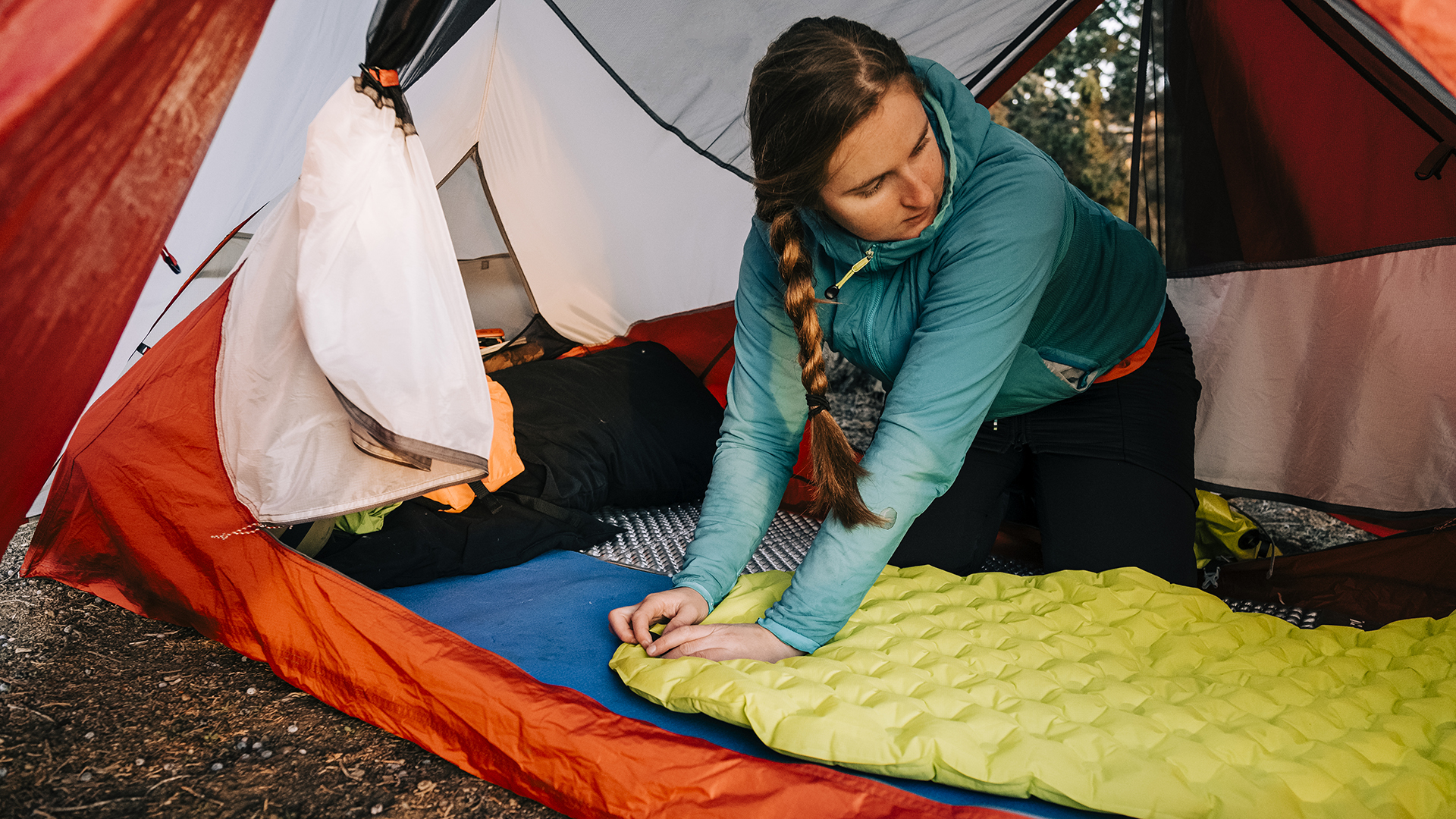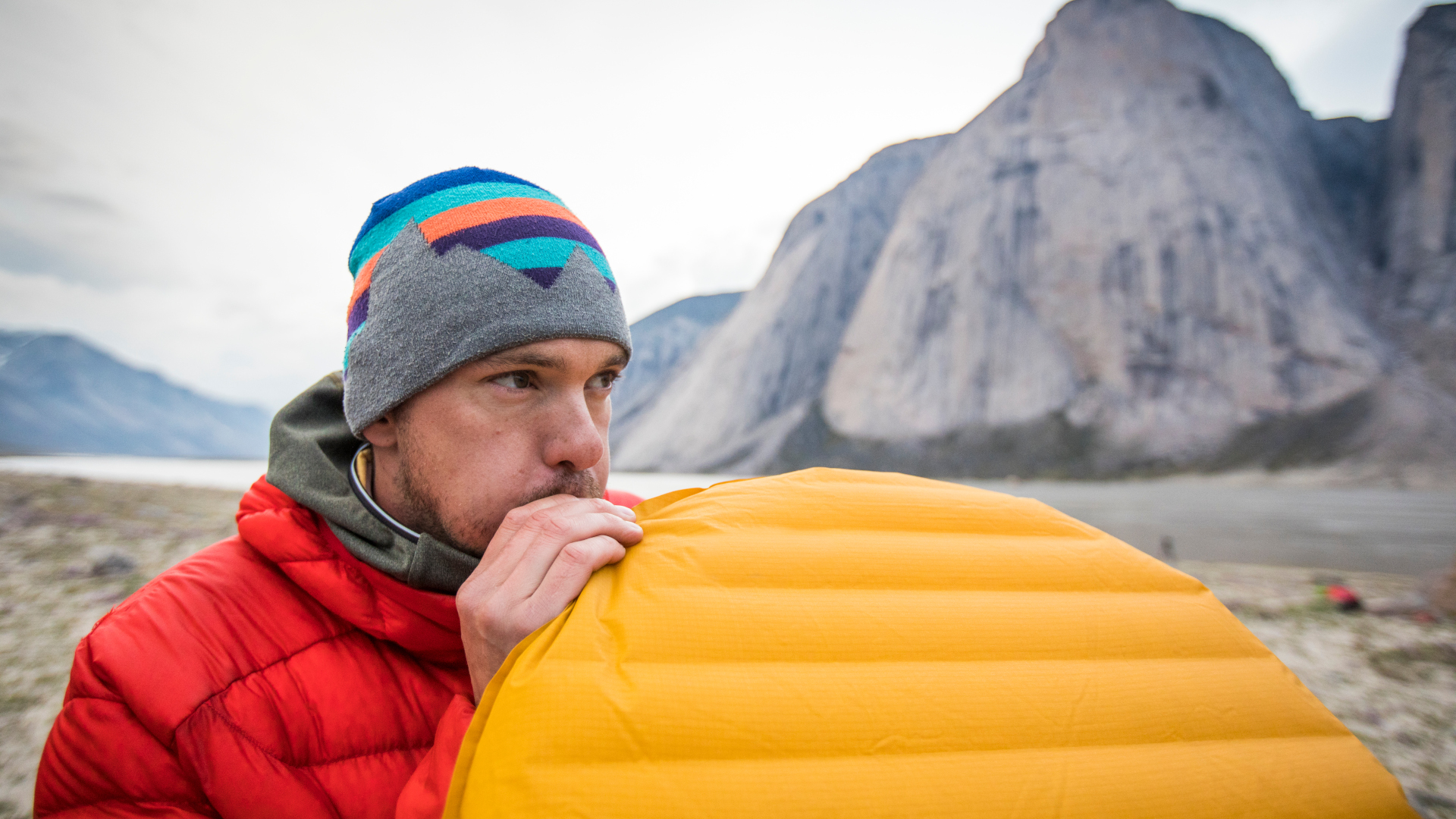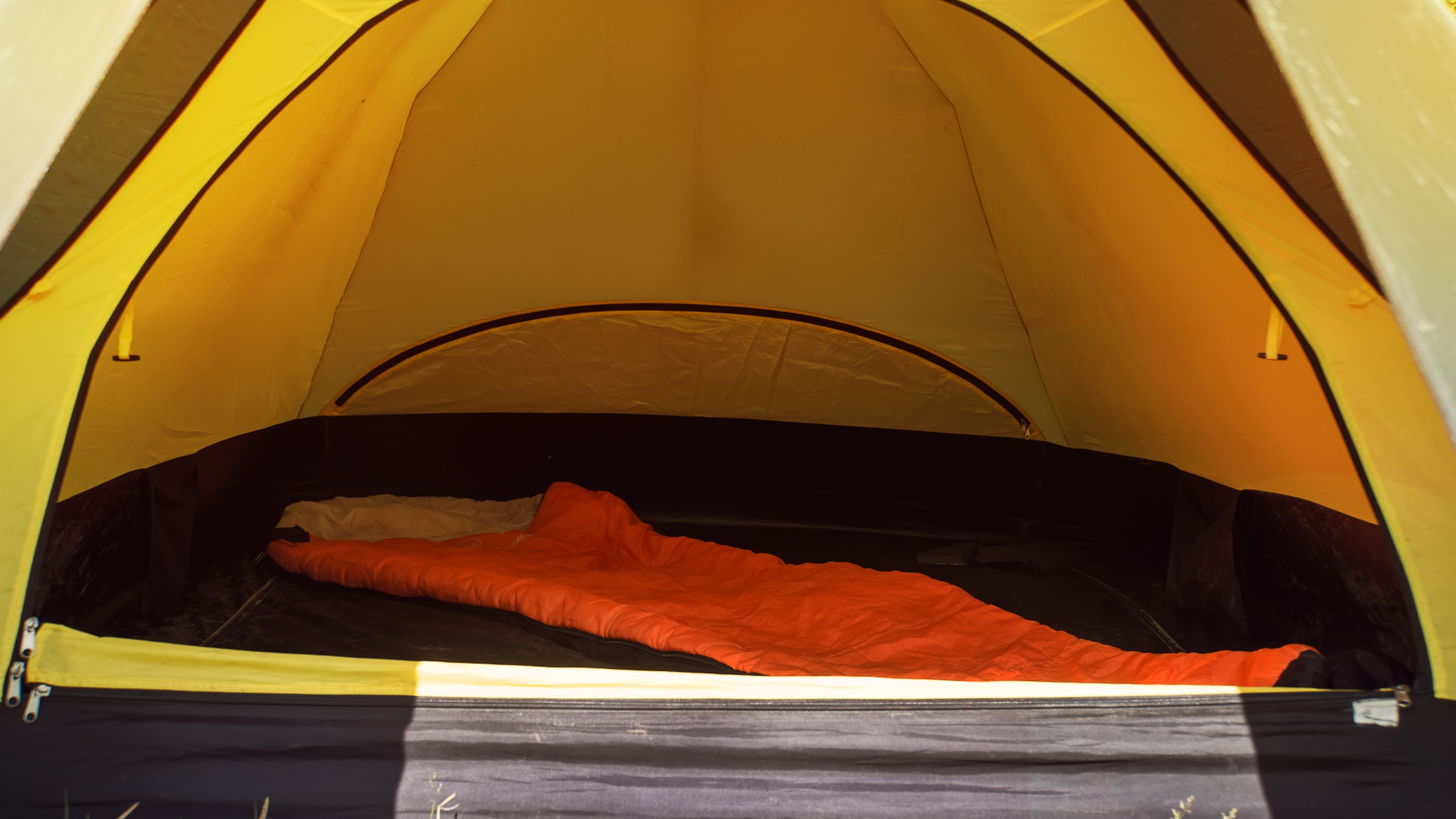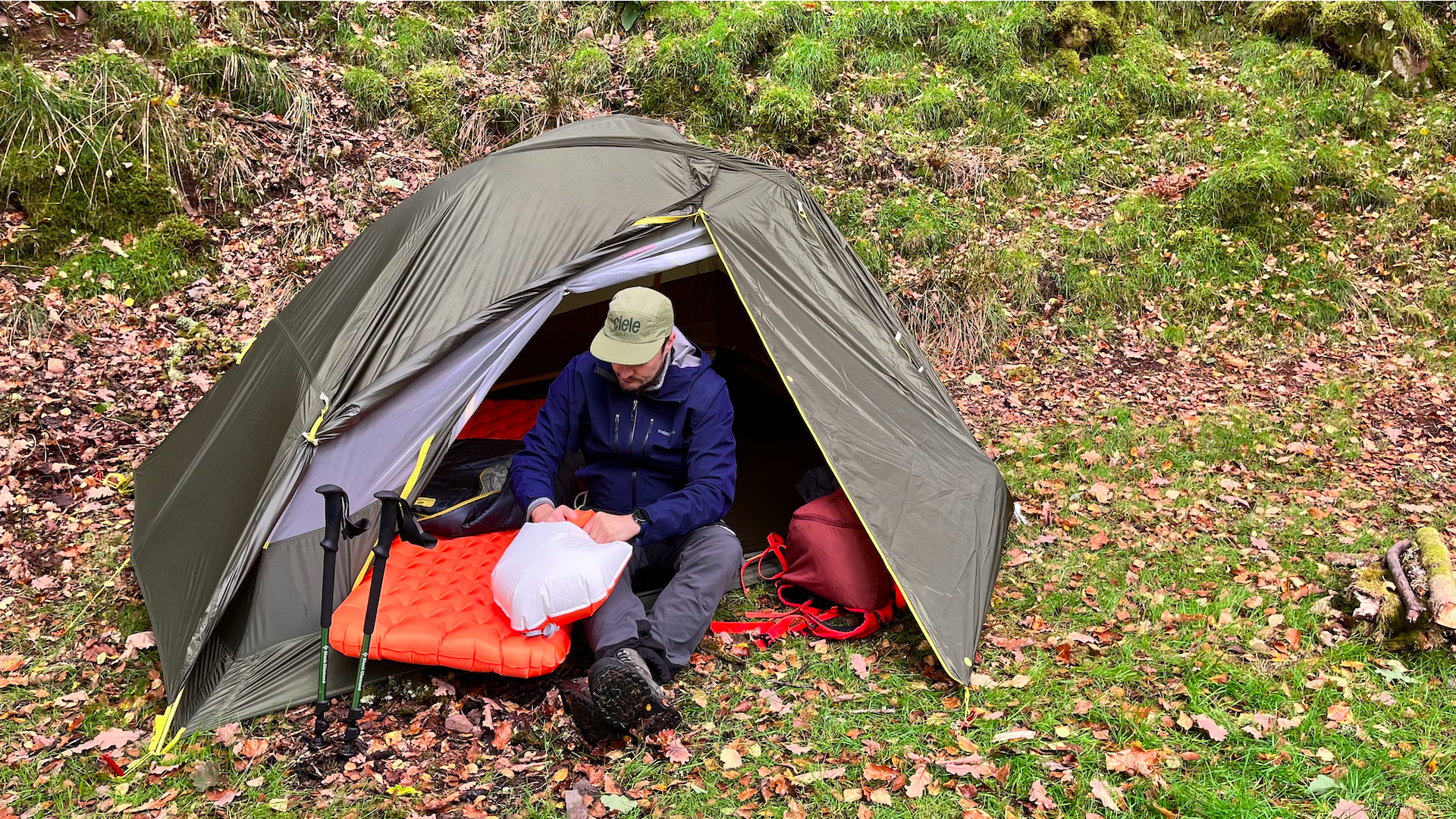Can you rely on a budget sleeping pad?
Want to sleep easy and save money? Here’s what you need to be aware of if you’re looking to buy a budget sleeping pad

Your sleeping pad is one of the most important pieces of your camping gear. Good ones can give you a great night of restful sleep, setting you up for another long day on the trails. By contrast, poor sleeping pads can result in an uncomfortable night of tossing and turning, delivering little more than a designated space to lie down for eight hours. Unfortunately, however, the best sleeping pads out there – namely models like the Therm-a-Rest Neo Air X-Lite or the Nemo Tensor Ultralight – can set you back up to $250. With that in mind, is it ever really possible to rely on a budget sleeping pad?

What makes sleeping pads so expensive?
Like any other product out there on the market, the price of sleeping pads is a combination of numerous factors. Ultimately, however, as is the case when shopping for a tent and a sleeping bag, the weight, packability, comfort and warmth of the pad are what you’re really going to be spending your money on. If you want a pad that delivers on all four of those things – something that comes with a high R-value, packs down small, is light and easy to carry and is comfortable to sleep on, then you’ll quickly find that you can spend more than $150 for even an entry-level version. In that sense, then, towing the line between price and quality is more about figuring out what parts of the equation you’re happy to compromise on, be that weight, packability, warmth or comfort. As the second you drop your expectations from a list of four to three, you can suddenly start to save a lot of money.
The reason for the sky-high prices in the sleeping pad space is primarily due to the amount of research and development money that gets funnelled into developing products that deliver on all four parts of the puzzle. Take Therm-a-Rest, for example. They released the first NeoAir in 1995, almost 23 years after they developed their first self-inflating pad. That’s how long it took them to solve the tricky problem of making something lightweight, packable and warm. All while being comfortable to sleep on, of course. The resulting product is one that contains quite a lot of high-tech innovations, including pricey packable linings and optimized air baffles to ensure the pads are as comfortable as possible.
As a result of this work, brands like Therm-a-Rest, Sea to Summit and Nemo have (rightfully) garnered a reputation as being truly market-leading in the sleeping pad space. That means that they can therefore demand higher prices for their products, with even standard hard-foam pads from the likes of Therm-a-Rest costing almost twice as much as equivalent products from the likes of Decathlon.

Do you really need an expensive sleeping pad?
The extent to which you truly ‘need’ an expensive sleeping pad for your activities is entirely down to the activities in question. For the most part, more expensive generally means warmer, more portable and (as a result) more comfortable, so if you’re heading out on a mid-summer backpacking trip where the temperature will barely drop below 30°C / 86°F, you’ll be pitching on soft ground (like sand) and you don’t mind being very low to the ground, then no: you don’t need an expensive sleeping pad for this activity. If you’re heading out on a mid-winter snowshoeing expedition, on the other hand, where you’ll be climbing mountains and camping out on snowy summits, you’re going to need a pad that’s very warm, durable and not too burdensome to carry. In that case, yes, you may ‘need’ an expensive sleeping pad for that activity. But what about happy middle grounds, then? Where and when might it be safe to save money on a sleeping pad?
Hard foam pads are the cheapest, easiest and most durable option you have. For maximum value for money, the best type of sleeping pad to look at is the humble hard foam. And while this might not give you the most comfortable night’s sleep (hard is in the name, after all), they are lightweight, easy to strap to the outside of your pack, and practically indestructible. In general, they also come with an R-value of around 1, which is quite easy to work with, allowing you to double up when the weather gets cold, or use them underneath an inflatable pad to maximize warmth. If you shop around, you can normally pick these up for substantially less than £10 (Decathlon’s MT100 hard foam trekking mattress costs £7.99, for example), and as a standalone pad, they will comfortably get you through the summer, and possibly even late spring or early fall.
All the latest inspiration, tips and guides to help you plan your next Advnture!

Which brands are best for budget sleeping pads?
If you’re shopping for a budget sleeping pad, a great start for pads that are comfortable, portable and warm enough for spring, summer and autumn adventures has to be Decathlon. It stocks a huge range of different pads, ranging from super-budget hard foam options to more expensive self-inflating pads that, despite being more difficult to carry, are substantially more comfortable to sleep on. What’s more, Decathlon’s range of Forclaz MT500 sleeping pads are incredibly comfortable, packable and lightweight – and all at very reasonable prices, ranging from £45 to £69 depending on length and insulation.
At the top end of the scale, its 3-season MT500 inflatable pad comes with an R-value of 3.3 (which should provide enough warmth for all-year-round use in the UK), whereas the lightweight and more packable £45 model comes with a still-respectable 1.5 R-value, suitable for use through the summer and potentially on warmer spring and fall days. To make this setup extra versatile, however, you could consider adding one of Decathlon’s £7.99 MT100 hard foam sleeping pads. If you add this to the insulated version of the MT500, for example, the result is a sleeping system that’s easy to carry, reasonably lightweight (at a combined 815g / 1lb 12.7oz) and super warm, coming with an R-value of around 4.5.
When we compare this to the Therm-a-Rest NeoAir XLite then, the Decathlon modular setup is just as warm and, in my opinion, just as comfortable, with the only downsides being that the pack size is a little larger and the combined weight is about 400g / 14.1oz heavier. But when you consider that the modular Decathlon setup will save you well over £100 / $127 versus the RRP of the Therm-a-Rest, you may be more than happy to swallow that weight penalty.
For more bargains, you could also look at stores like Go Outdoors in the UK and REI in the US, and see if you can pick up any special offers in the many sales both stores inevitably run towards the end of the busy summer camping season. In the UK, companies like Sport Pursuit also regularly offer flash sales on numerous pieces of outdoor gear including sleeping pads, so it would be worth checking in regularly if you’re on the market for something specific.
Unfortunately, however, in my experience, sleeping pads don’t tend to go on sale as regularly as tents, sleeping bags or clothing might. Perhaps this is down to the relatively slow pace of innovation in the industry or simply due to the fact that these products are good enough to warrant paying full price. But whatever it is, you’ll likely have to wait a very long time before you see the likes of the Therm-a-Rest NeoAir Xlite, the Nemo Tensor or the Sea to Summit Ether Lite XT on sale at a substantially reduced price.

So, is it worth buying a budget sleeping pad?
When it comes to sleeping pads, the hard truth is often that more expensive will generally mean better quality. So if you want to sleep comfortably on a pad that you’re confident won’t deflate during the night, your best bet might unfortunately be to shell out a little more than you planned and go with something tried and tested. That being said, however, you can certainly cut corners by doubling up a less warm pad with a budget hard foam mat. You’ll just need to get comfortable with the notion of carrying more kit than you would otherwise need.
But, if your adventures aren’t too demanding, I think it is definitely worth buying a budget sleeping pad – especially if the alternative is not going at all. In my experience, however, I’d opt for a budget tent over a budget pad if I had to choose between the two. Honestly, I’d even opt for a cheaper sleeping bag if it meant I could get the comfiest pad on the market. That being said, the option for most people is probably going to be go budget or don’t go at all. And a budget pad will do a decent job in 99% of circumstances, even if it doesn’t result in the luxuriously comfortable night under canvas you’ve been dreaming of.
- The best sleeping bag: our recommendations for a more comfortable night
Growing up just south of the glorious Brecon Beacons National Park, Craig spent his childhood walking uphill. As he got older, the hills got bigger, and his passion for spending quality time in the great outdoors only grew - falling in love with wild camping, long-distance hiking, bikepacking and fastpacking. Having recently returned to the UK after almost a decade in Germany, he now focuses on regular micro-adventures in nearby Snowdonia and the Brecon Beacons, as well as frequent trips to the Alps and beyond. You can follow his adventures over on komoot.

